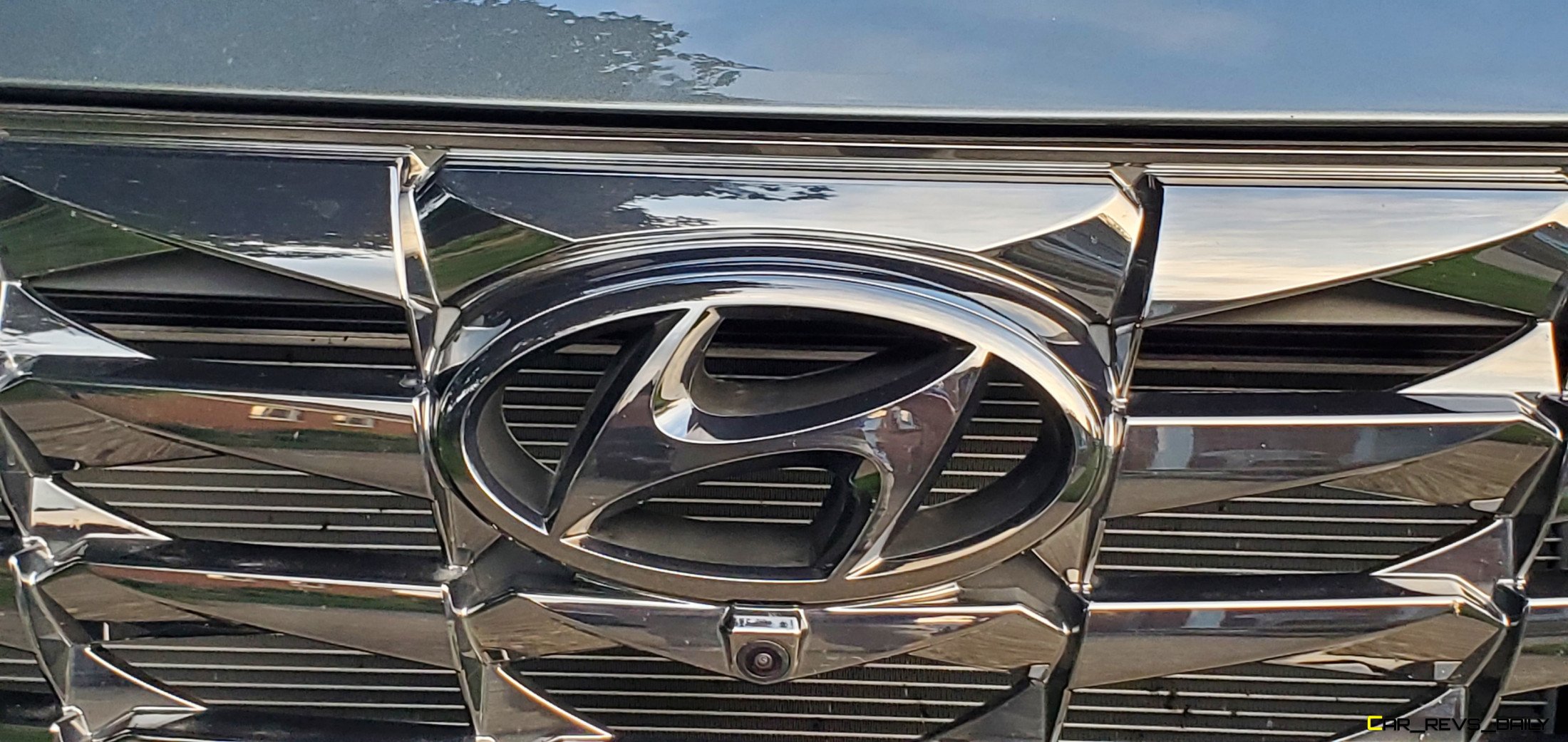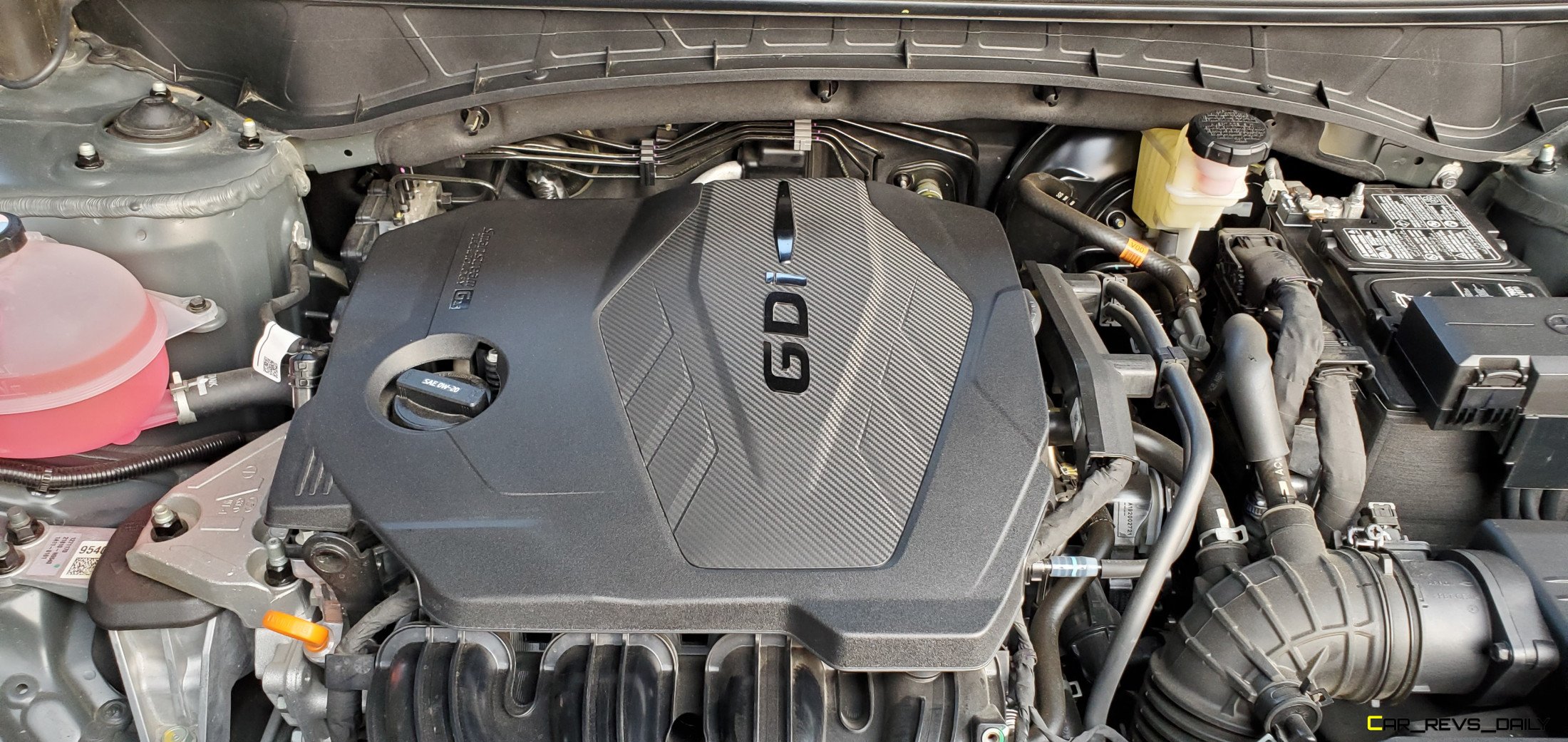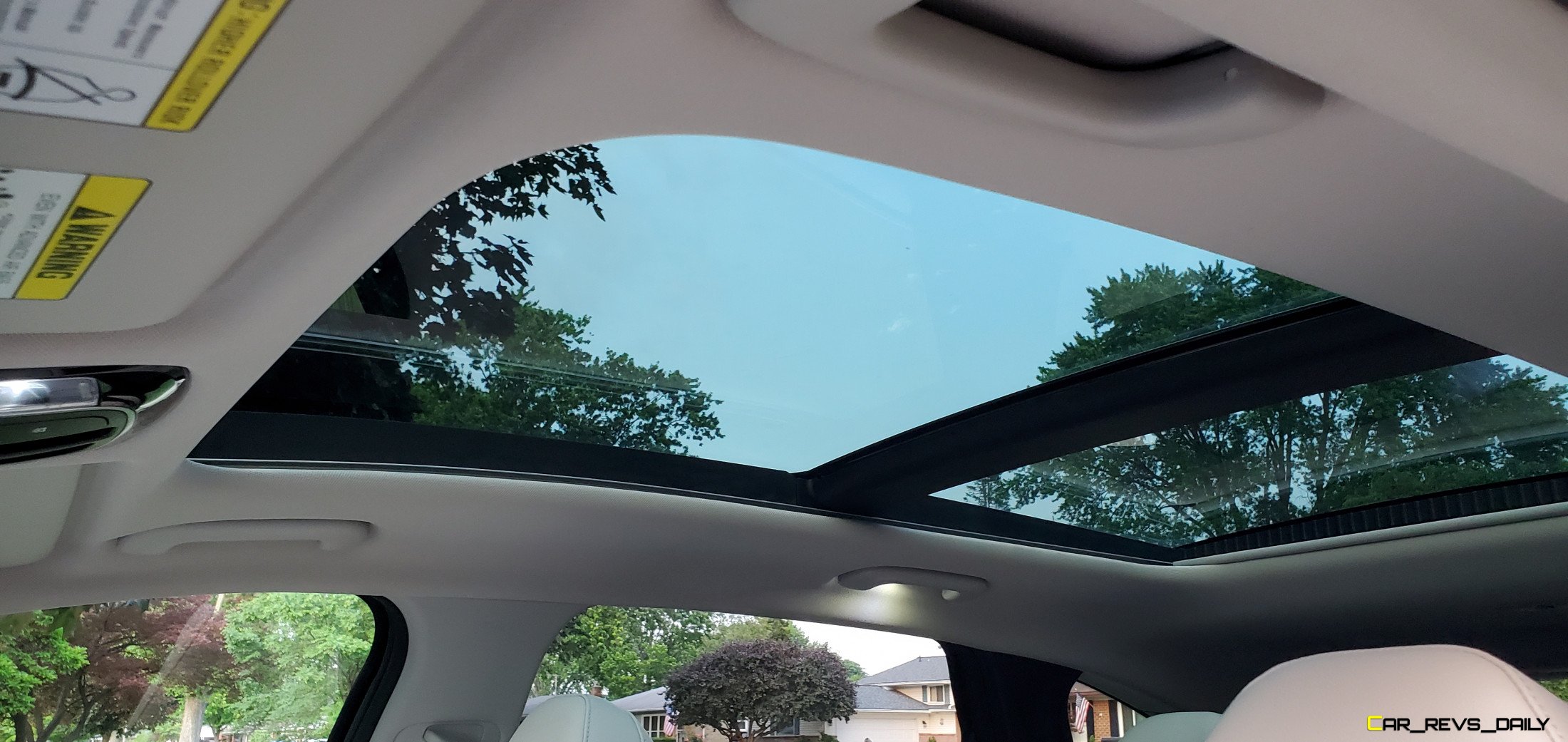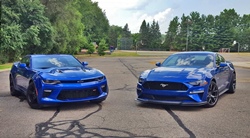When Hyundai revealed plans to radically update the Tucson, they had a hefty order on their hands. The Tucson is one of the most popular SUVs that the company sells, and Hyundai engineers knew that they couldn’t drop the ball when designing this latest chapter of the SUV. But does this futuristic SUV finally take the Tucson name into more premium territory? Or is it still a step short in accomplishing all of its objectives?
Futuristic Styling Pushes Tuscon’s Modern Design Into The Spotlight

To find out, Hyundai allowed us to spend a few days with the Tucson, and we strived to find out the answer to this question during its short stay with us. The exterior styling certainly goes above and beyond in its attempts to make a good first impression, with the SUV looking very handsome from multiple angles. The front fascia is more assertive than before, and the novel LED headlights actually blend into the stylish grille work (they only appear when illuminated.) The side profile has a chiseled look to it, and there are some very tasteful design lines that are scattered as you go down along its sides. The rear fascia has taillights that are vaguely reminiscent of the ones on the Ford Mustang, but while they have the same shape, the turn signals don’t do the fancy flash routine that defines the fore-mentioned Ford.
The rear is also where some of the enhanced aerodynamics come into play, with the rear-mounted Hyundai badge actually being incorporated into the window glass itself (versus being on the liftgate), which helped reduce drag and allowed the design team more leeway in designing things back there. The Tucson is certainly a fashion statement (especially in Limited guise like our tester), and it’s a breath of fresh air, especially when compared to blander rivals like the Toyota RAV4, Chevrolet Equinox, and the Ford Escape.
Feature Packed Tucson Interior Emphasises Comfort And Value

Like some other Hyundai products we have interacted with recently, the cabin of the 2022 Tucson will be very familiar to those that have spent time behind the wheel of a Sonata or even an Elantra. The core design elements carry over here with a reworked steering wheel and a much cleaner-looking dashboard, all drawing the eyes in once occupants get seated inside. Our tester came with heated and cooled leather seats, Hyundai’s Smart Park system, heated rear seats, and a fully digital instrument cluster. That’s an impressive amount of equipment, especially since a Limited grade Tucson is still under the $40,000 barrier.
Head and legroom are excellent, with even rear passengers having ample room to get comfortable during long trips. That’s no accident with this iteration of Tucson being in the top half of its class for passenger space with rear passengers having 52.2 cubic feet of space to work with and cargo space with the rear seat up measuring in at 38.7 cubic feet. Our highlight item, though in the interior, has to be the 10.25-inch touchscreen infotainment system. Hyundai opted to clean up some of the button clutter and have added more haptic feedback buttons to help create a sleeker look. Unlike some other systems of this type, we noticed little lag between inputs when using the controls, and the screen itself is logically ordered, and many menus are easy to find. That’s a big step up over current GM and Stellantis infotainment systems and allows Hyundai to come even closer to Ford’s SYNC system in terms of outright usability.
Performance Proves To Be Prominent Weak Spot For Tucson

With all the things that the Tucson manages to get right, it’s a shame that the 2022 Tucson’s Achilles heel is in performance, with our tester proving to be a more leisurely commuter than some of its exterior styling initially suggests. A 2.5 liter naturally aspirated four-cylinder is standard in non-hybrid trims, with our Limited grade example arriving with this engine. It produces 187 hp, but it makes the Tuscon one of the slower entries in the game, with the 0 to 60 sprint being accomplished in a leisurely 9.3 seconds. The engine also feels rather lumpy when it comes to acceleration, with the four-banger lacking any form of linear consistency. Instead, the torque comes in lumps, and it wasn’t easy at times to try and find the Tucson’s groove with this behavior. The soon-to-be-launched hybrid model uses a 1.6-liter turbo-four and look for that engine to perhaps rectify some of the dynamic shortcomings we experienced.

The 2.5 liter is mated to an eight-speed automatic, which is the sole transmission available. Shift quality is smooth, but even in sport mode, this transmission is not the most dynamic unit around and is at its happiest when tasked with typical day-to-day commuting. Perhaps the gearbox will regain some vigor when the Tuscon N-Line eventually makes it to dealer lots soon.
Handling in our tester also proved to be a mixed bag. The Tuscon is pretty nimble for its class, with our tester doing a good job navigating tight city streets and handling freeway lane changes with little complaint. However, there’s a price to be paid, and it rears itself when you go over rougher sections of road. Metro Detroit roads can resemble what you find on the surface of the moon or downriver, depending on who you ask, and the Tuscon’s stiff suspension delivers a very jarring sensation when going over ruts and divots. With some of its rivals going for slightly softer suspension tunes to help improve ride quality, we would like to see Hyundai go down a similar path and perhaps leave the current default tune for the N-Line model.
Value Quotient

Pricing for the 2022 Tucson remains its most potent trump card, with base SE models starting at $24,950. Move up to range-topping models like our Limited grade tester, and you will be greeted with a base sum of $34,700. This figure is very impressive considering the amount of standard equipment that you get, with the only options being minor accessories. This focus on providing more for the money allows Tucson to outshine some of its rivals, with the only direct equal in this regard being its corporate sibling, the Kia Sportage.
However, this pricing also puts the Tucson in a tough spot when it comes to performance. The Hyundai has to go up against rivals with more powerful turbocharged engines to go along with some of their new styling and technology. On the flip side, though, some of them do not have as much standard equipment, and that trait could help the Tuscon get an early advantage in the minds of consumers.
As a whole, the 2022 Hyundai Tuscon is a much-improved package. While we would like to see some improvements in off-the-line performance and handling, the sheer amount of standard equipment should help make up for this flaw, and its modern exterior styling looks like it leaped off the pages of a Korean graphic novel. It will be interesting to see how the Tuscon N-Line moves the needle, especially styling and substance.

Carl Malek has been an automotive journalist for over 10 years. First starting out as a freelance photographer before making the transition to writing during college, his work has appeared on numerous automotive forums as well as websites such as Autoshopper.com.
Carl is also a big fan of British vehicles with the bulk of his devotion going to the Morgan Motor Company as well as offerings from Lotus, MG, and Caterham. When he is not writing about automobiles, Carl enjoys spending time with his family and friends in the Metro Detroit area, as well as spending time with his adorable pets.



























